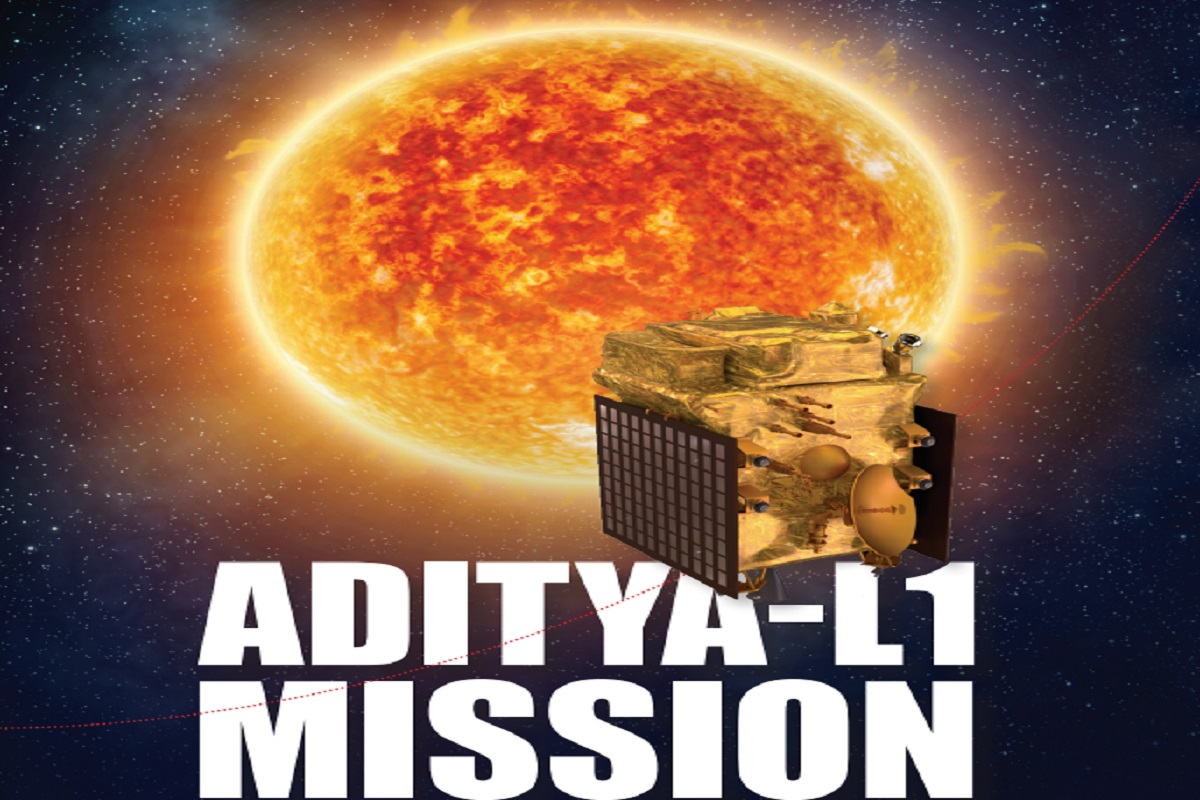Aditya L1 Mission Lagrange Point: After conquering the Moon, India will next head toward the Sun as the country’s premier space agency ISRO gets ready to launch its Aditya L1 mission on September 2 to study the star at the centre of our solar system. Aditya L1 will be ISRO’s first space-based observatory to study the Sun.
According to ISRO, “Aditya L1 spacecraft will be placed in a halo orbit around the Lagrange point 1 (L1) of the Sun-Earth system, which is about 1.5 million km from the Earth.”
From there, the space agency said, Aditya L1 would be able to observe the Sun without any eclipses and obstructions. The placement around the L1 point will provide the spacecraft with a greater advantage in observing solar activities in real time.
What is the Lagrange Point?
According to NASA, a Lagrange point is a location in space where “the gravitational pull of two large masses precisely equals the centripetal force required for a small object to move with them.”
In more simple language, a Lagrange point (L point) is a location in space where the gravitational forces of the Earth and the Sun balance out. This allows a third smaller mass such as a spacecraft to orbit in a stable position with the two larger bodies.
There are five Lagrange points around the Sun. However, only two of them, L1 and L2 are stable. From unstable Lagrange Points, the object will eventually drift away. ISRO’s Aditya L1 will be placed around Lagrange Point L1, which is stable and will allow the spacecraft to stay in orbit for a longer time.











